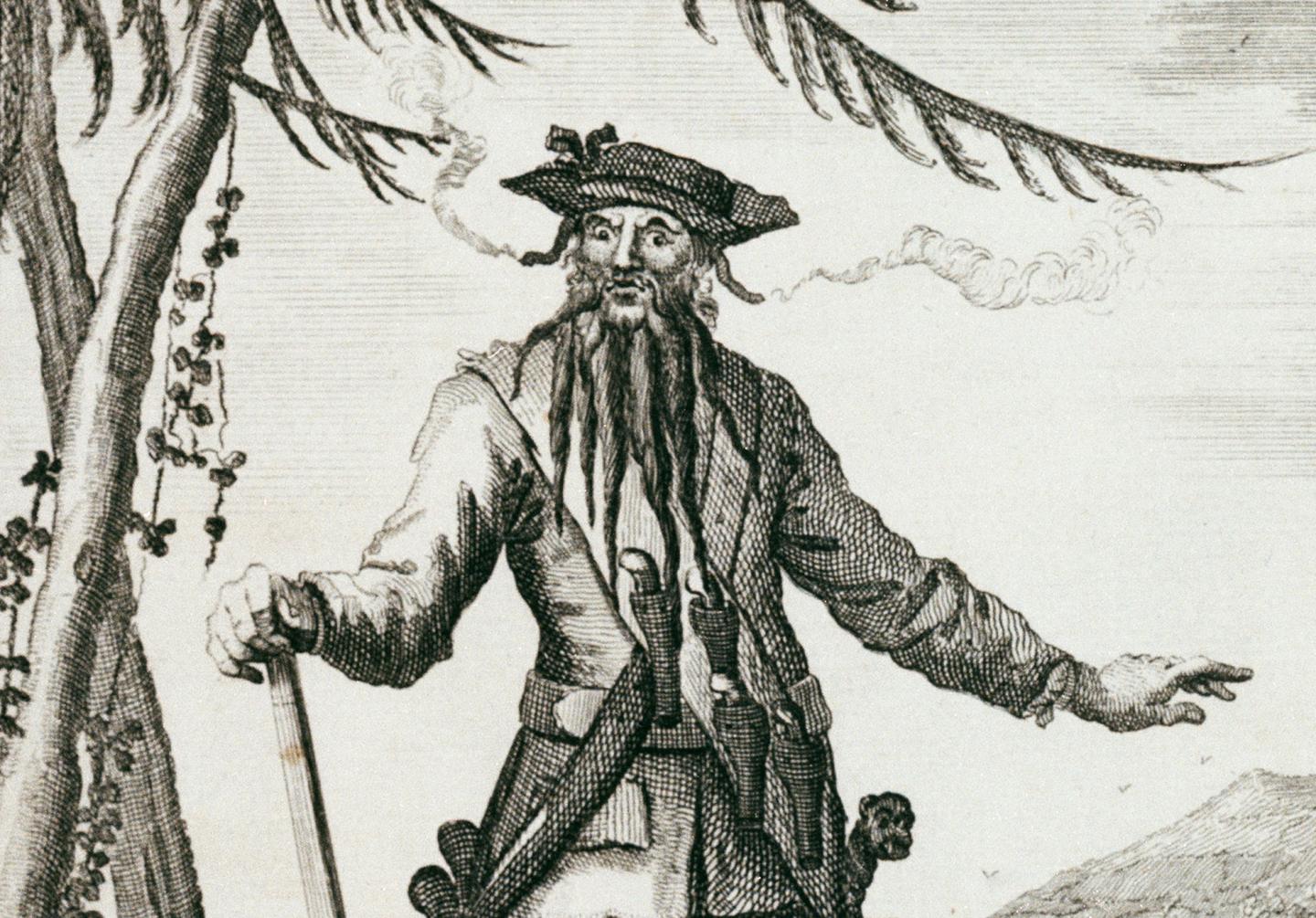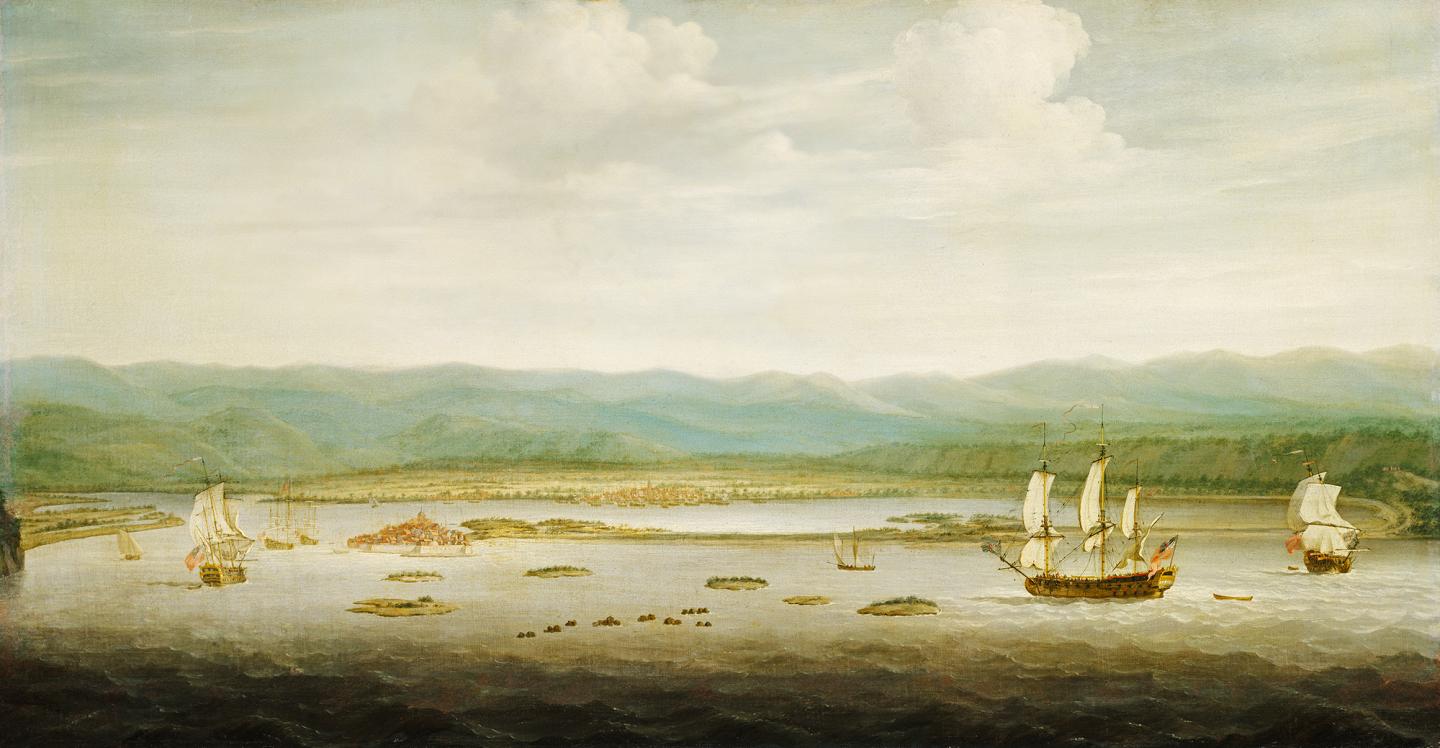Captain Charles Johnson's book A General History of the Robberies and Murders of the most notorious Pyrates, first published in 1724, provides vivid accounts of many of the real pirates from history we're familiar with today.

The book's colourful descriptions and accompanying illustrations have done much to shape our perception of pirates from the past. When describing Blackbeard for example, Johnson writes how his "beard was black, which he suffered to grow of an extravagant length; as to breadth, it came up to his eyes; he was accustomed to twist it with ribbons, in small tails […] and turn them about his ears."
The accounts claim to be based on trial records, newspaper reports and interviews with former pirates. However, Johnson certainly added or exaggerated details to make the narrative more exciting.
The real Pirates of the Caribbean
"The ‘golden age’ of piracy coincided with the expansion of English, later British, colonial activity around the Caribbean," writes Blyth. "This began in earnest with the capture of Jamaica from Spain in 1655."

Rival European powers competed for colonial control, and merchant shipping became a legitimate target for 'privateers'.
"In time of war, British captains might be issued with a privateering commission, or a ‘letter of marque’, which allowed them to intercept enemy shipping and thereby disrupt trade," Blyth says.
"However, habits learned in wartime and the value of captured cargoes meant that privateering could easily give way to peacetime piracy. As the volume of trade increased, the wealth being transported to and from the Caribbean and elsewhere in the Americas became an irresistible temptation."